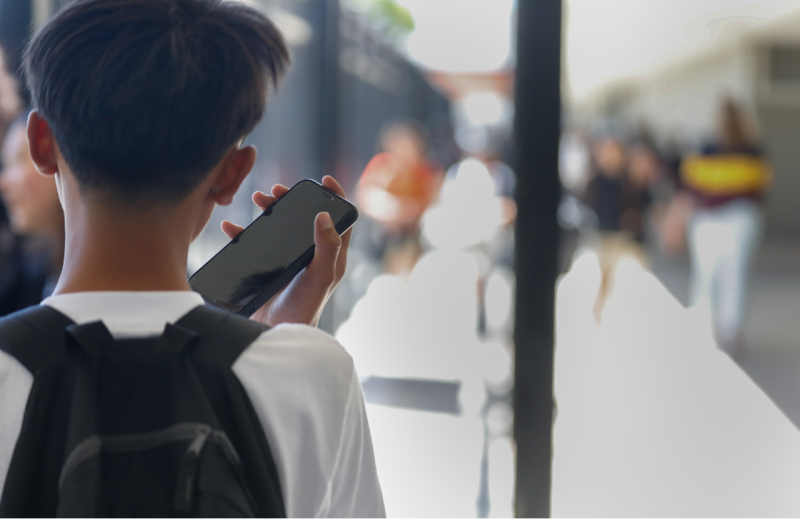San Jose schools are limiting cellphone use during classes in an effort to steer students away from the ongoing stress of screen time toward better academic performance and wellness.
In response to students distracted from learning by social media, texts and notifications, local schools are stepping up cellphone policies. This follows State Superintendent of Public Instruction Tony Thurmond calling for school districts to join a statewide effort to restrict students’ cellphone use, citing evidence of harm to their mental health and negative impacts on learning.
Renata Sanchez, president of the San Jose Teachers Association, said these concerns are valid.
“Running a safe and efficient learning environment requires the teacher to have agency in their behavior management systems, including their classroom cellphone policy,” Sanchez told San Jose Spotlight. “We believe that any cellphone policy should honor the teacher’s preferences as the classroom leader and include teachers in the decision-making process.”
San Jose Unified School District allows schools to create their own cellphone policies. Some teachers at Lincoln High School are having students place their cellphones in caddies.

